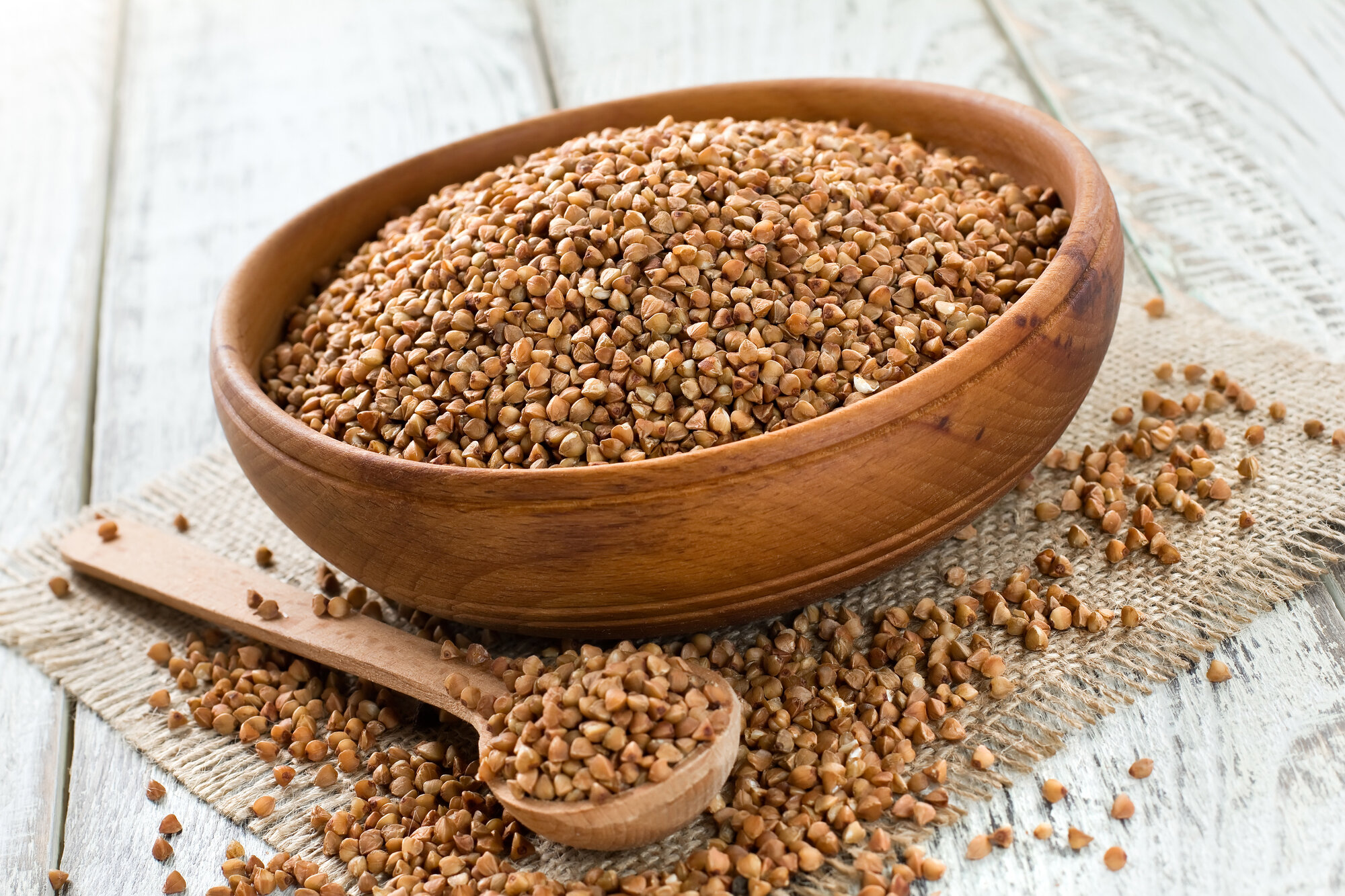Chocolate Chip Cookies
/What are they like?
-Crisp on the outside & Chewy on the inside
-Packed with Chocolate Chips
Recipe
This is an adaptation of the chocolate chip cookie recipe from Gluten-Free Baking Classic. This version is dairy free, gum free, and it makes classic chocolate chip cookies, crisp on the outside and chewy on the inside. If you would like some tips for this recipe (or how to make the perfect cookie), you are welcome to listen to the accompanying podcast or check out the show notes.
Dry
1 cup gluten free flour, 130g
3/4 tsp baking soda, 5g
1/2 tsp salt, 3g
1 tsp psyllium husk powder, 4g
Wet
1/2 cup coconut blend (see note) - or you can use butter
1/2 cup sugar, 105g
1/4 cup brown sugar, 40g, do not pack
1 egg, 54g
2 tsp vanilla
Additions
3/4 cup chocolate chips , 150g
1/2 cup walnut pieces (optional)
Directions:
Place all of the flour, baking soda, salt and psyllium powder in a bowl and whisk thoroughly to combine.
Warm the coconut oil over low heat until quite warm to the touch or use the microwave. Then add the sugar and whisk well to incorporate. The mixture should now be warm but not hot (or it can cook the egg). Whisk in the egg, followed by the vanilla.
Add the dry mixture to the wet. Once the flour is almost mixed in, add the walnuts and chocolate chips and stir only until incorporated. Place in the refrigerator overnight. This step can be skipped if you’d like to bake them right away.
Remove from fridge 2 hours before baking to allow the dough to come to room temperature. Preheat the oven to 350F / 175C. Bake for 8 minutes or just until the edges are golden and the middle has lost its sheen. Cool on tray for at least 10 minutes before transferring. Once cooled, store in airtight container.
Enjoy! 🙂
Notes:
Coconut blend: the best butter substitute that I have come up with for cookies is a ratio of 7 tablespoons coconut oil mixed with 1 tablespoon coconut milk. Now, if you do not have coconut milk on hand, just use two teaspoons of water instead. Furthermore, if you do not have coconut oil on hand, you can substitute 84g (about 1/3 cup) of sunflower oil mixed with 2 teaspoons of water. Just note that a runny vegetable oil will not yield the same result. The cookies will still be delicious but they will not be as chewy and they will not stick together as well, so make sure you let them rest after they are baked.
Bake time: It is important to be very particular about bake time for cookies. They can go from perfectly baked to over-baked in about 1-2 minute. Although freshly baked cookies are certainly still delicious even when over-baked, if they are taken out of the oven on time (and stored properly) they will stay tender and chewy for couple of days. However, if you prefer them to be crunchy all the way through, give them an extra minute or two. If you prefer them to be chewy take them out just when the middle has lost its sheen.







